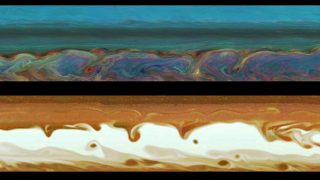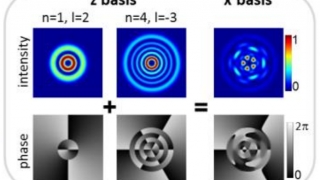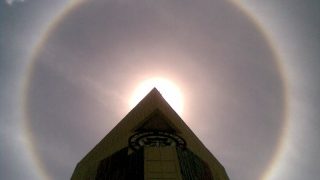
Quantum mechanics in biological systems (II): Gecko´s adhesion
The gecko, a climber´s hero, a lizard able to get a grip even face down on the smoothest ceiling or on the most vertical slippery surfaces. That, the adherence is one of the most striking features in most of the species in the family Gekkonidae. In Spain they are also known as “lagartijas” or “salamanquesas” […]








